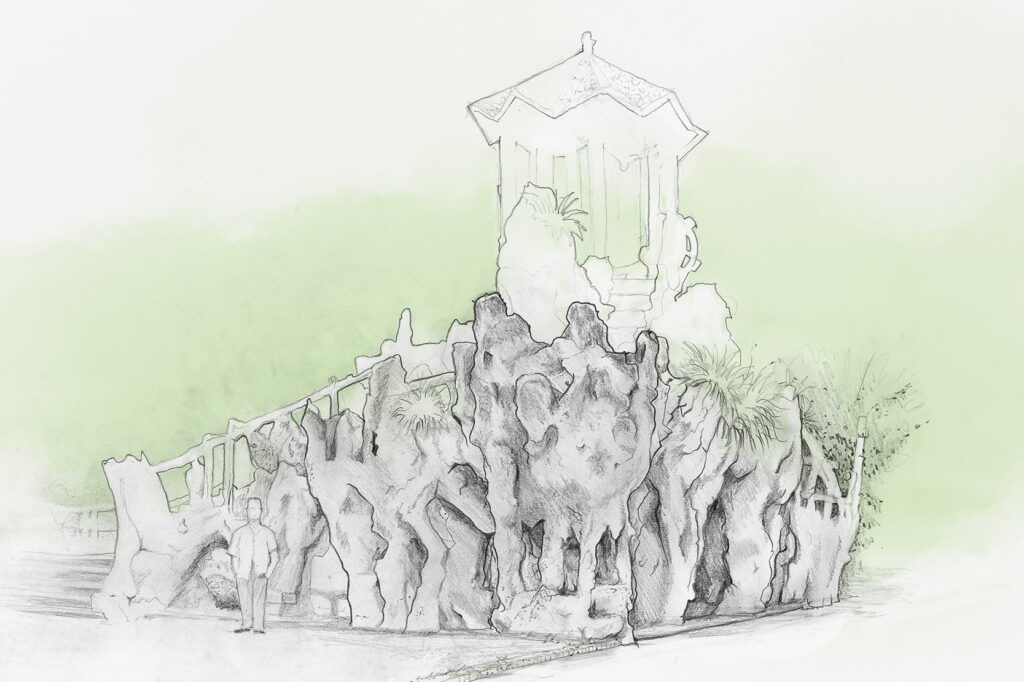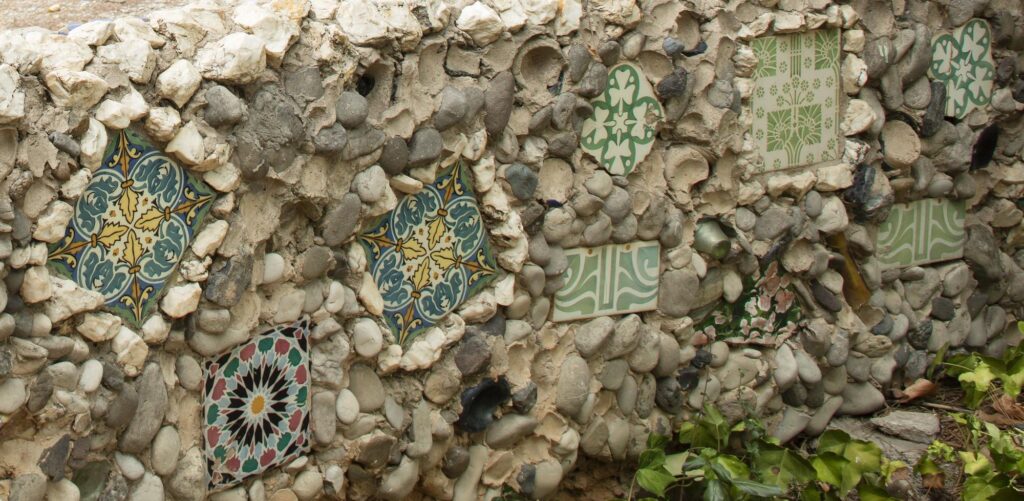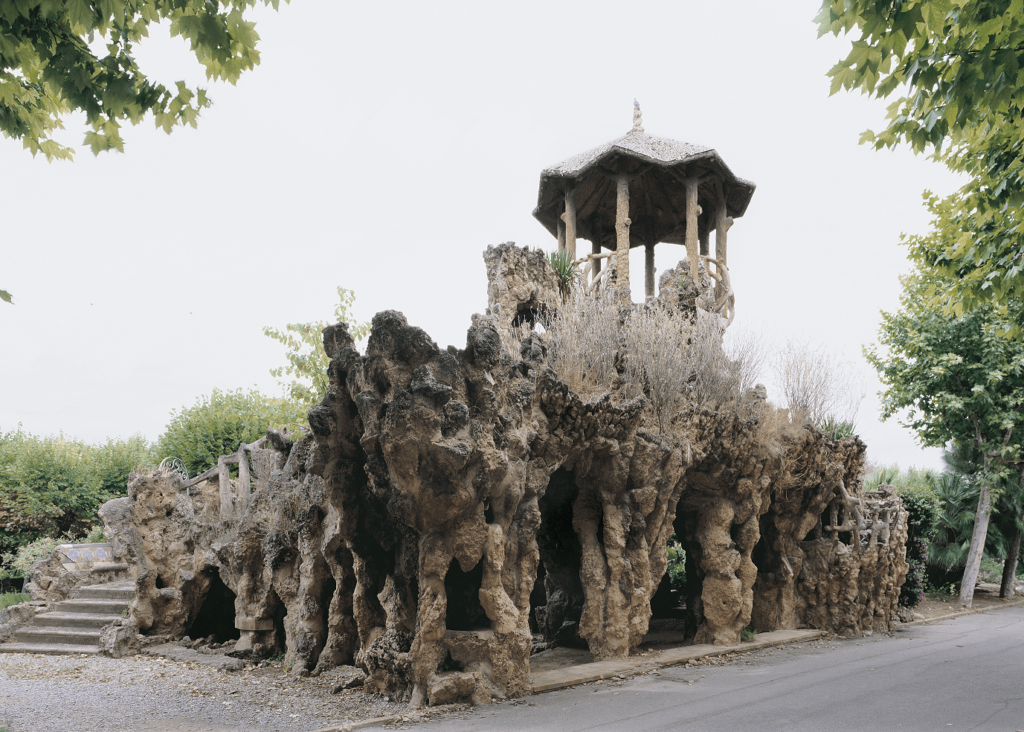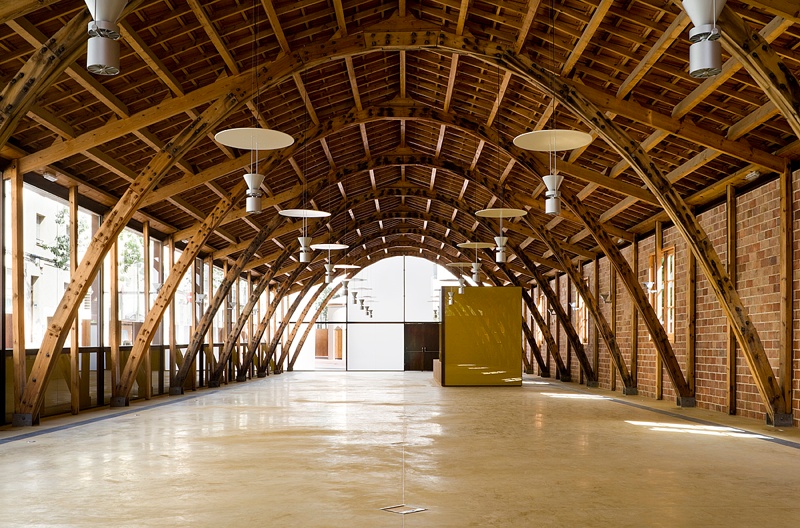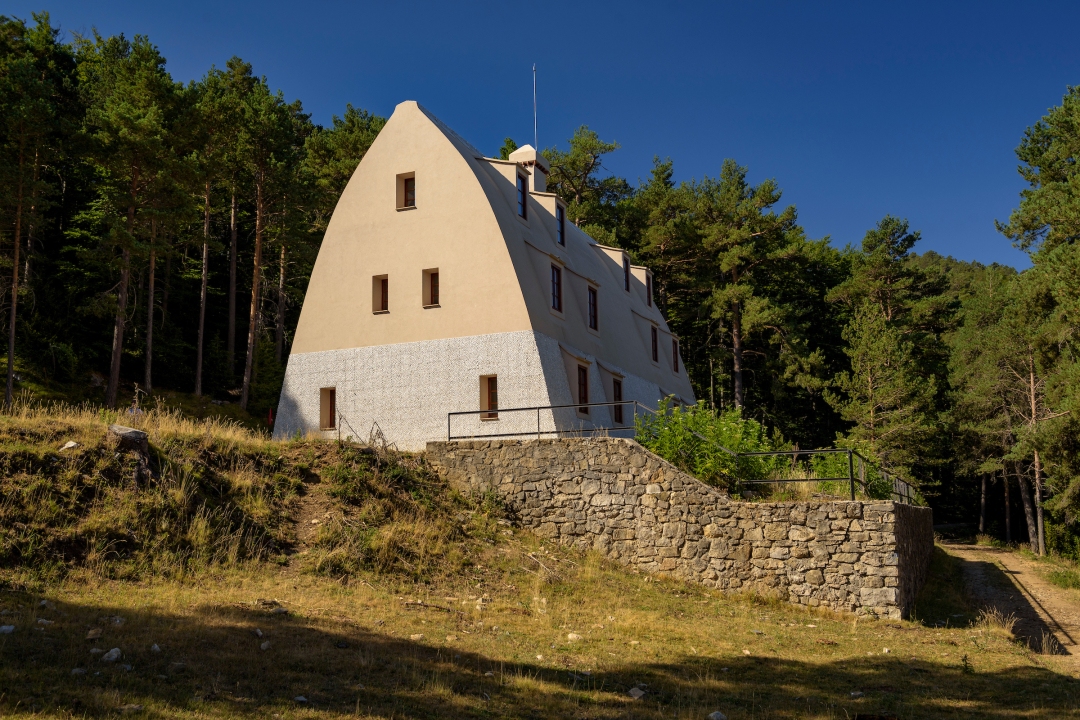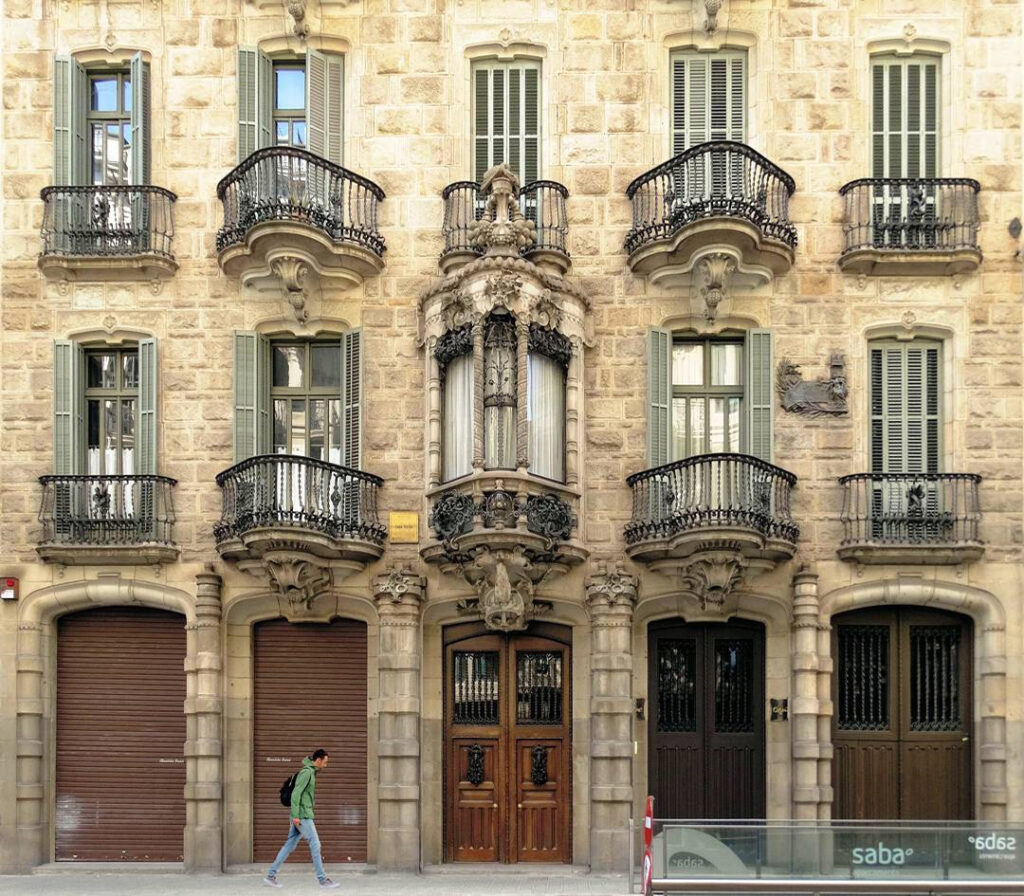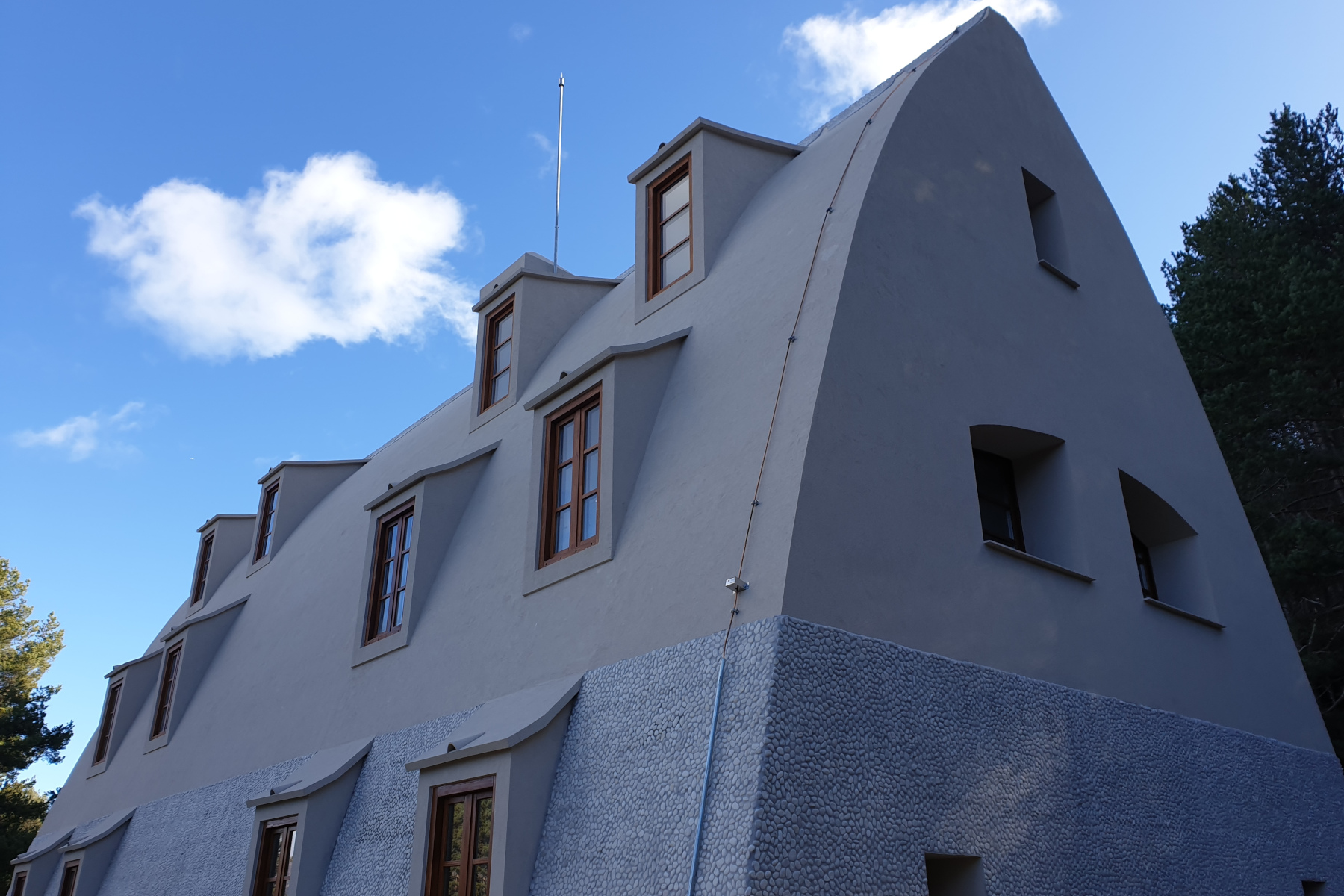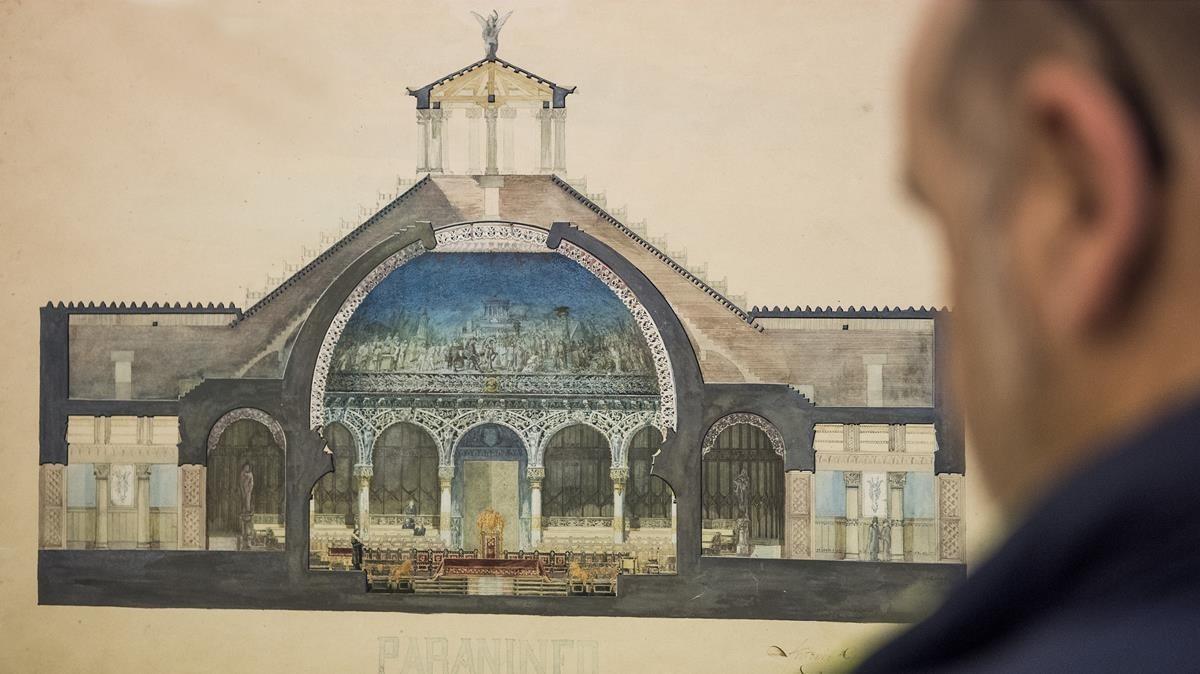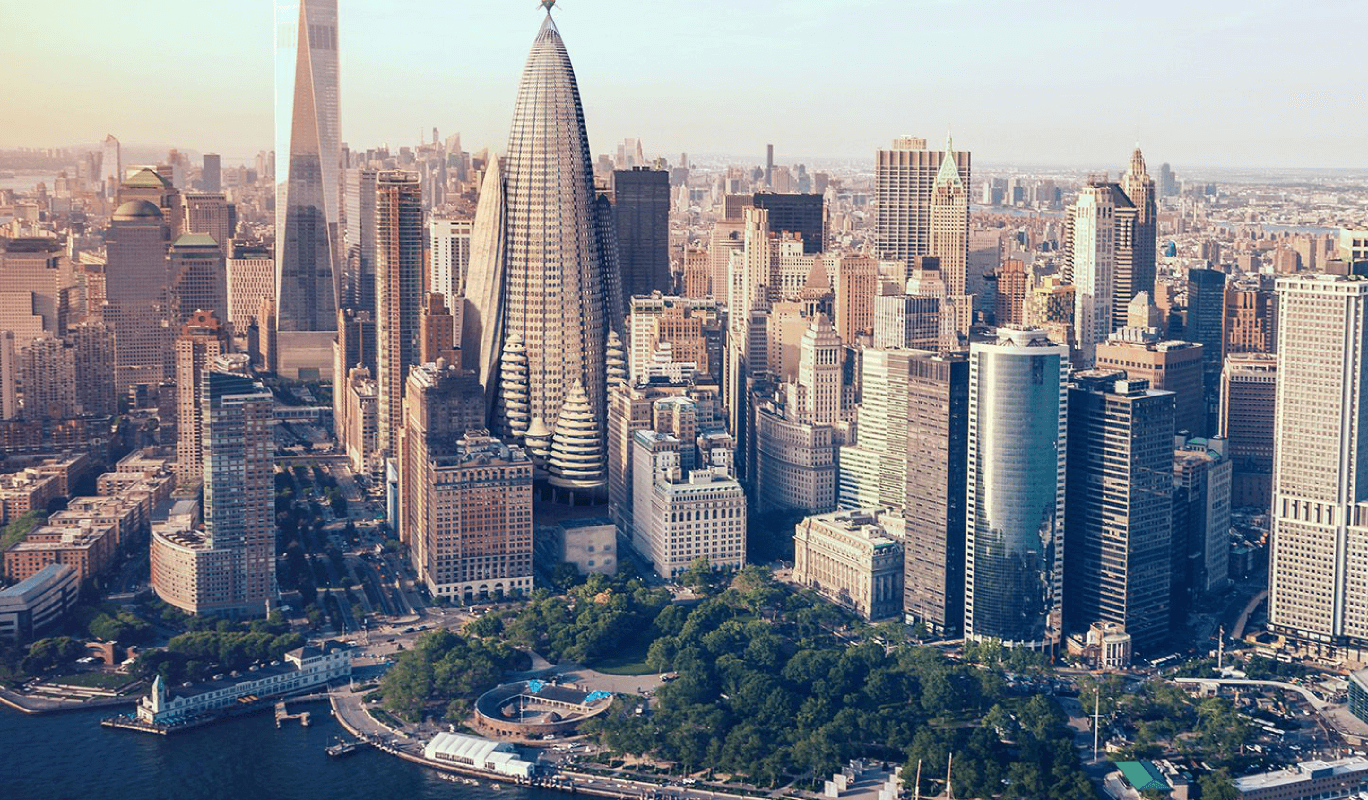Gaudí’s invisible garden
In the bustling city of Sant Boi de Llobregat near Barcelona lies an architectural gem known as Gaudí's Invisible Garden. This hidden treasure, part of the Parc Sanitari Sant Joan de Déu, blends Gaudí's innovative designs with therapeutic practices, offering a fascinating glimpse into his lesser-known works.
- Build Projects |
- Gaudi's Work
Exploring the hidden modernist marvel of Sant Boi de Llobregat
In the bustling city of Sant Boi de Llobregat near Barcelona, an architectural gem remains hidden within the grounds of the Parc Sanitari Sant Joan de Déu. This site, once home to the Sant Boi Mental Hospital, features a series of modernist structures built between 1903 and 1912, known collectively as Gaudí’s Invisible Garden. Despite its obscurity, this site offers a fascinating glimpse into Gaudí’s experimental phase, blending architectural innovation with therapeutic practice.
The Invisible Garden consists of various architectural elements, including fountains, benches, and small plazas, all of which are imbued with the symbolic and formal characteristics found in the architect’s more famous works. The garden’s modernist features are reminiscent of the intricate designs seen in the Sagrada Família, Park Güell, and the Colònia Güell Crypt.
One of the unique aspects of this garden is its integration with the hospital’s therapeutic practices. The hospital employed occupational therapy, allowing patients to engage in manual labor, including construction work. This innovative approach not only aided in the patients’ rehabilitation but also contributed to the creation of the garden’s distinctive architectural style.
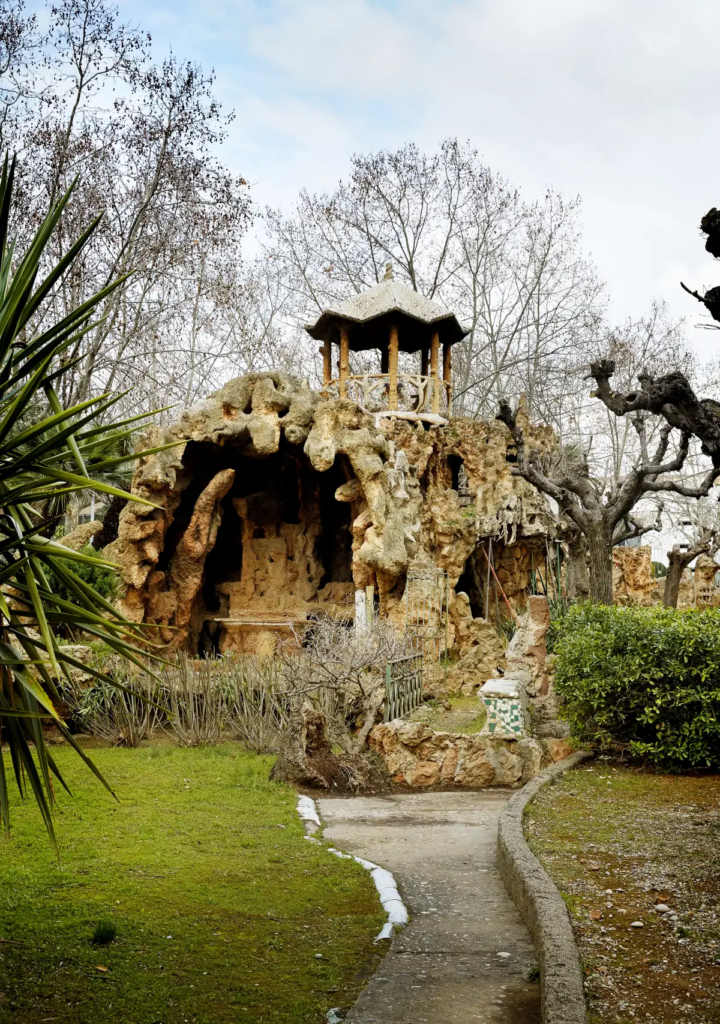
Symbolism and Structure
The garden’s structures, such as the Cascade Cave and the Chapel of Lourdes, are rich in religious and symbolic elements. The Cascade Cave, with its ribbed and organic shapes, mirrors the structural complexity found in Gaudí’s other works, while the Chapel of Lourdes features a grotto dedicated to the Virgin Mary, complete with waterfalls and naturalistic ornamentation.
The garden serves as a testament to a continuous quest for architectural innovation, integrating art and function. By exploring this hidden gem, we gain a deeper appreciation for Gaudí’s genius and the enduring impact of his visionary approach to architecture and design.
